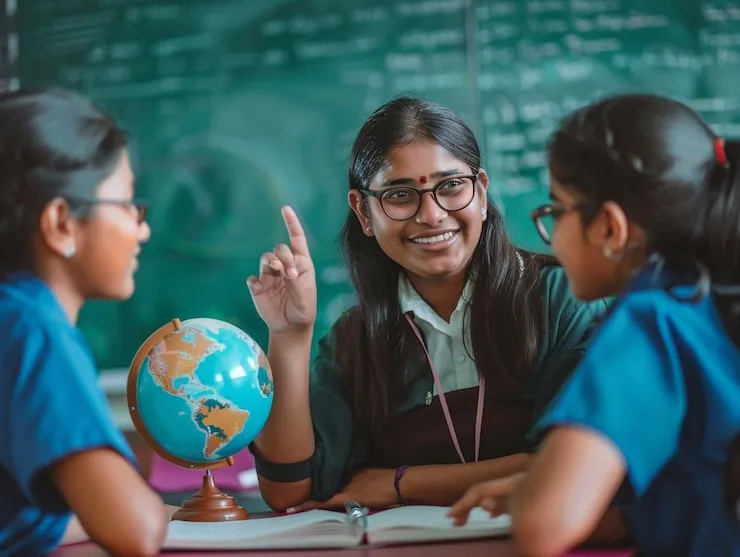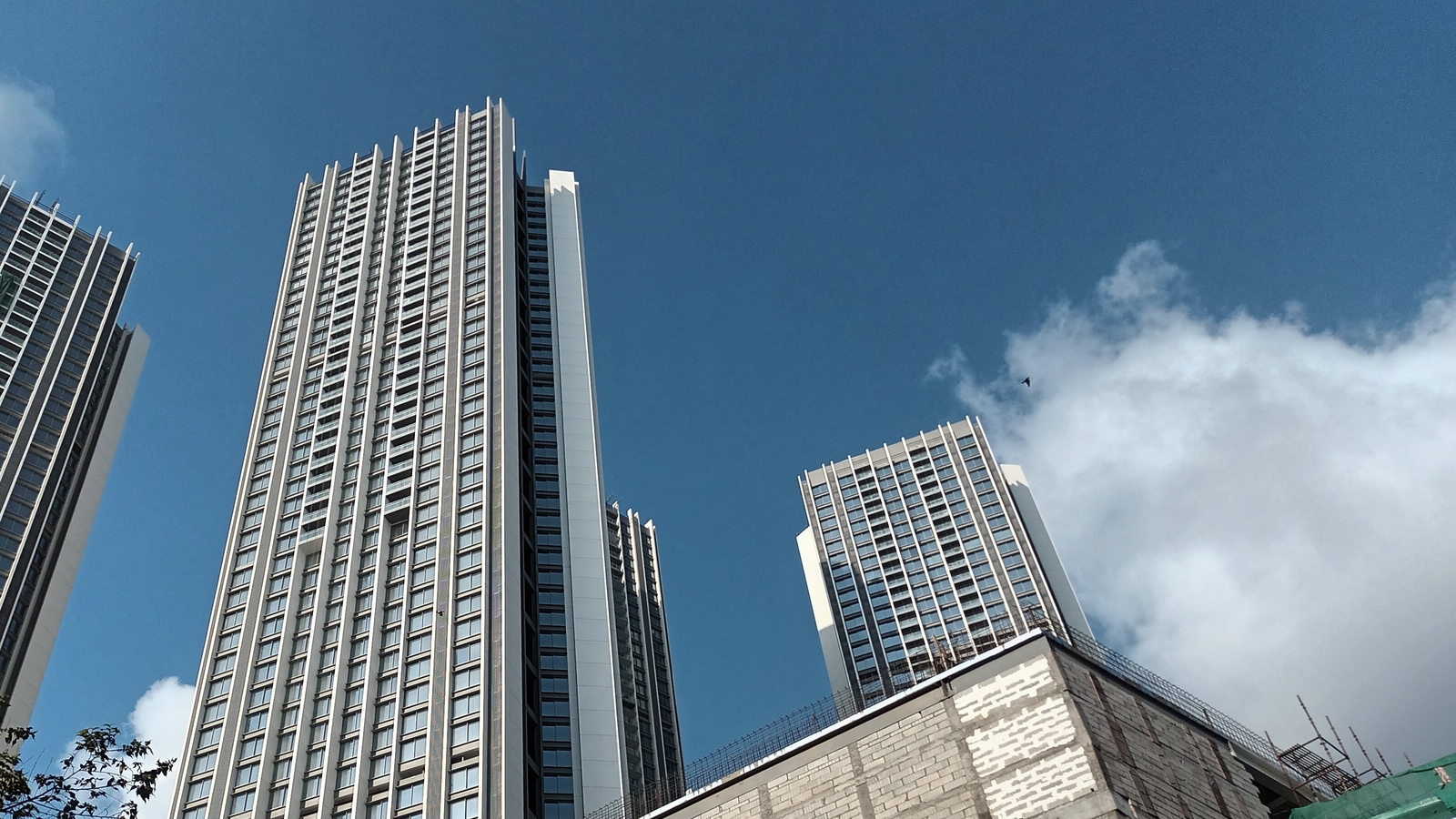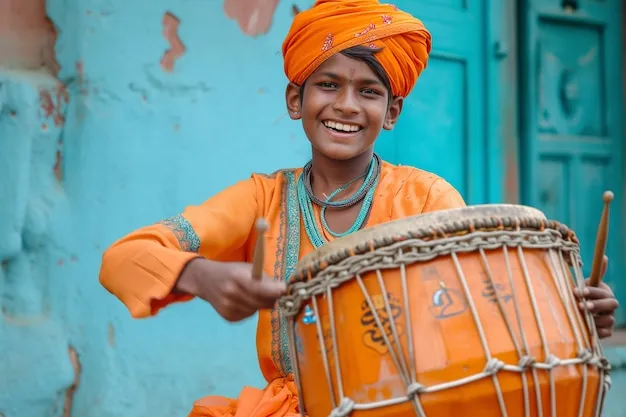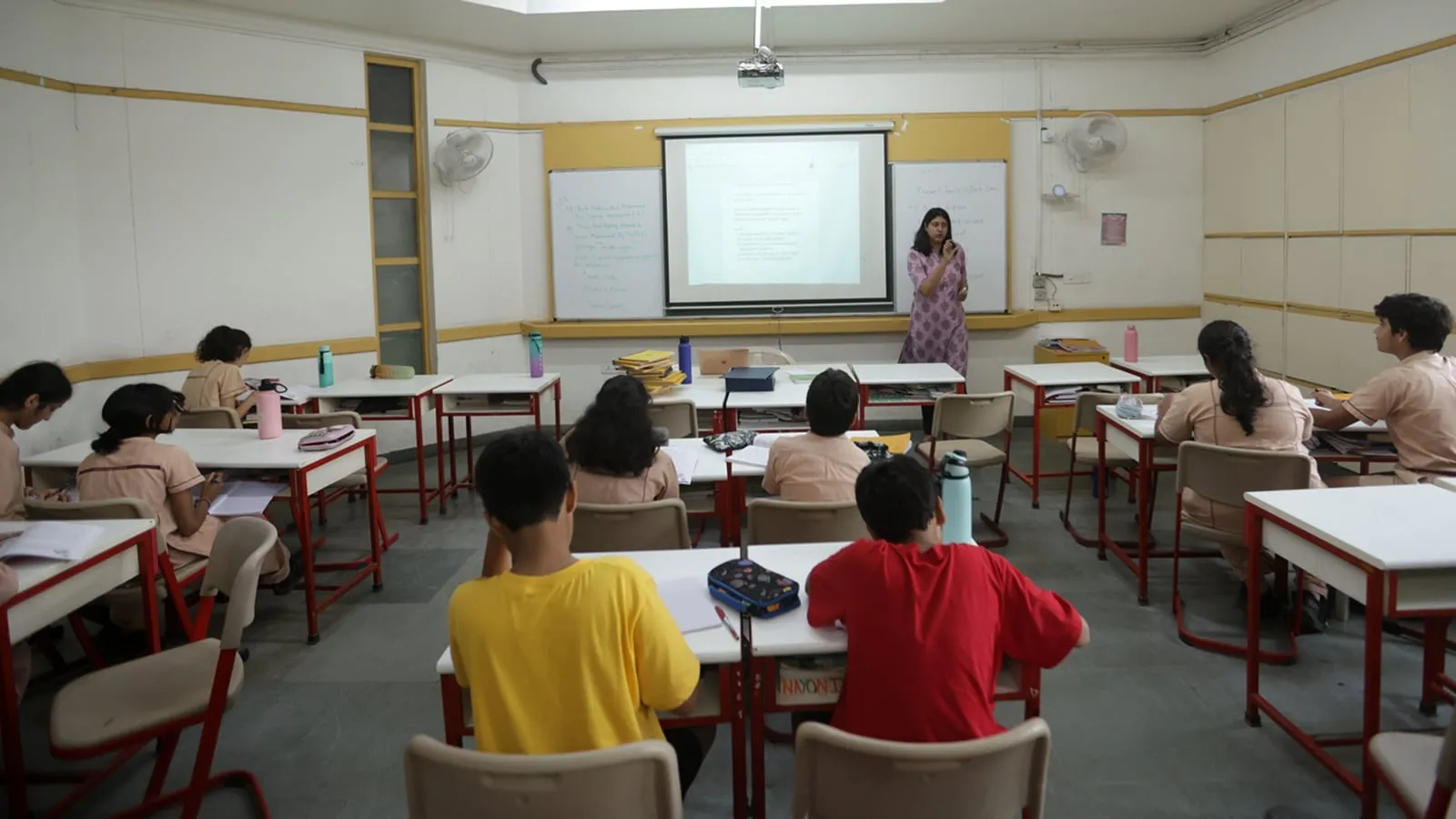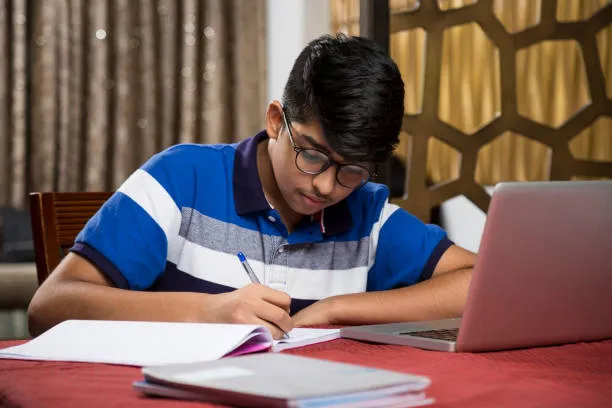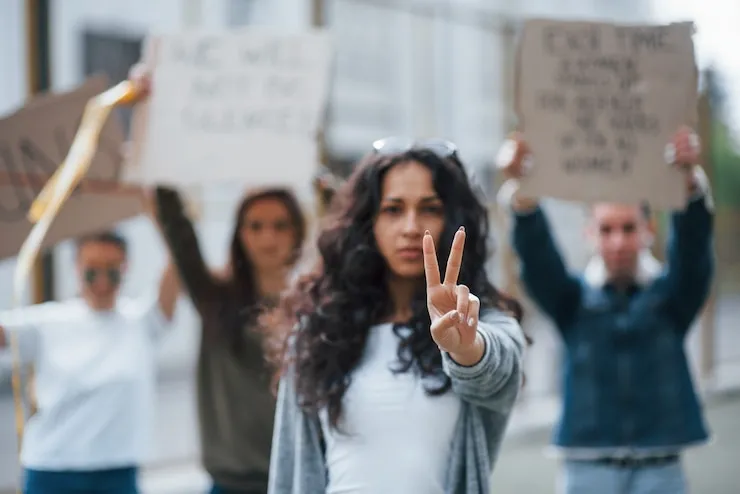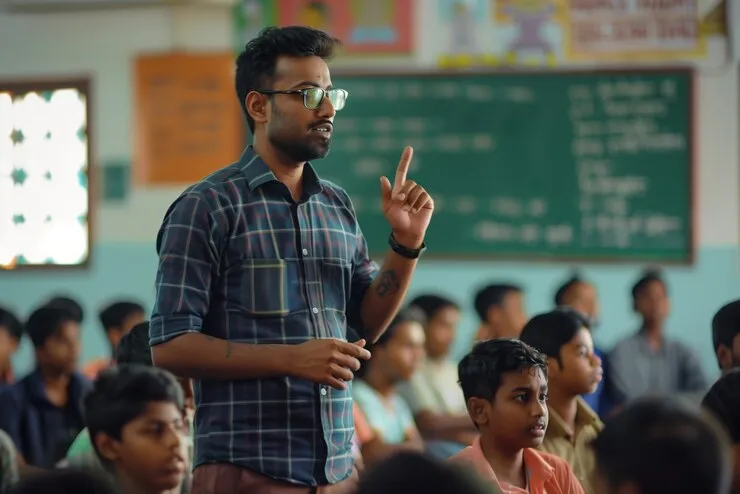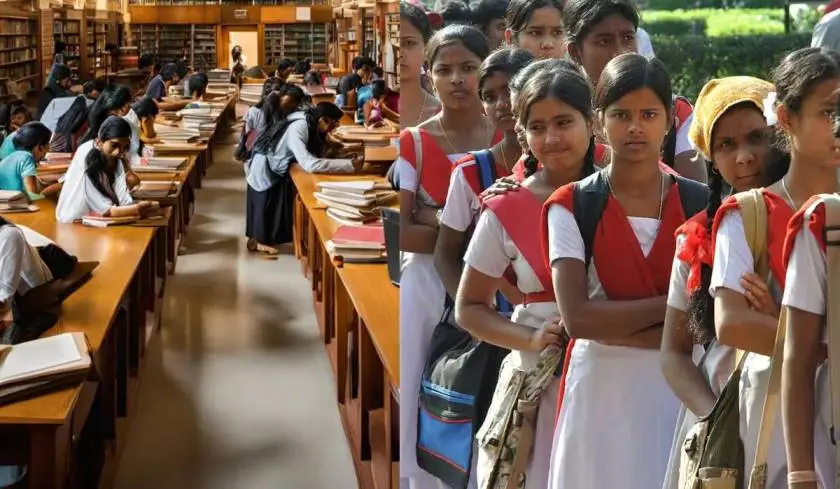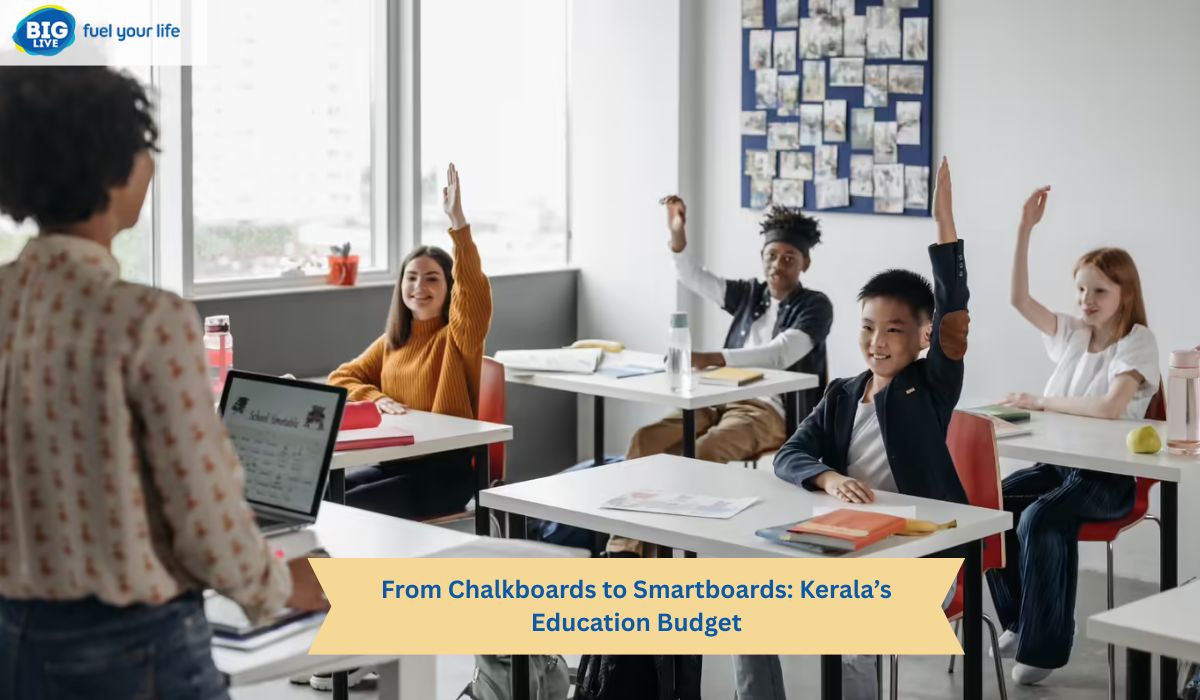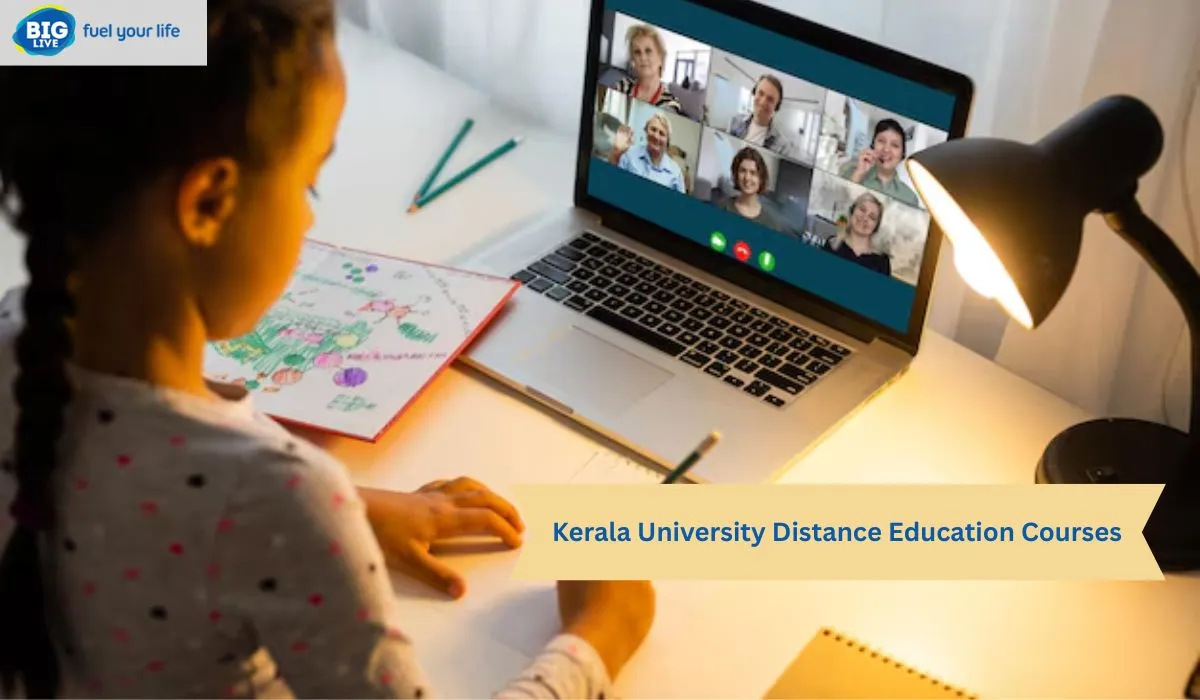It’s not every day that you see the government throw 500 crore at schools. But Gujarat? They just did. And while headlines flashed the figure like a trophy, what’s really happening behind those crores isn’t just about big announcements or photo ops. It's about real classrooms. Real kids. Teachers, chalkboards turning into tablets, dusty buildings being painted after years. Quiet change — the kind you don’t always see in the news, but feel when a girl walks five kilometers less because she got a free bicycle. Indeed, this type of investment is distinct. Not in roads or ports. But in futures.
Big Numbers, But What Does It All Mean?
So, 500 crore sounds heavy, right? It is. But let’s break it down. What’s the plan?
- More than 4,000 schools are getting some kind of upgrade
- Smart classes are rolling into rural blocks
- STEM labs are coming in — for students who’ve maybe never even seen a microscope before
- Teachers are being trained in digital tools, and not just YouTube videos and PowerPoints, but proper methods
- Girls’ education is finally being treated like a priority, not a side topic
- Oh, and there’s skill development too — not just “science-math-English,” but things like drone training, solar repair, graphic design…
It’s broad. And honestly, it's overdue.
Read also: Difference Between Online And Offline Education
From Dusty Desks to Digital Boards
In some of Gujarat’s government schools, you’d still find broken desks and fans that didn’t work. Classes happening under trees. No real labs, no Wi-Fi. Kids using the same tattered books their older siblings once had.
Now, things are shifting. Under this new push, rural schools are getting projectors, stable power, and high-speed internet (or at least better speed than before). In places like Patan or Tapi, this is a big deal. For many kids, it’s their first time seeing an interactive lesson on a screen instead of a blackboard full of copied notes.
A teacher in Dahod said something that stuck: “The projector teaches better than I do some days. The kids don’t blink when it’s on.” That’s not a threat. That’s a tool. Teachers are adapting too.
Skills That Actually Lead Somewhere
Let’s be real. Not every kid wants (or can afford) to do college. Gujarat’s government seems to get that. So now, schools are offering job-focused courses in Class 9 to 12. Not just computer basics, but real hands-on things:
- repairing ACs
- digital marketing
- running farm equipment
- wiring and soldering
- drone operations (yes, drones!)
There’s even talk of fashion and food tech in some zones. These aren’t add-ons. They’re being built into timetables. Teachers from ITIs (Industrial Training Institutes) are being looped in. And when students finish school? They won’t just have a certificate—they’ll have a skill.
Girls at the Forefront (Finally)
One of the stronger moves is how the 500 crore is helping young girls stay in school. In places like Kutch or Banaskantha, girls drop out after Class 8 or 9. Sometimes it’s about chores. Sometimes distance. Sometimes it’s just... “what’s the point?”
To change that, the state’s offering free cycles, hygiene kits, and small cash incentives. Some programs even help families with monthly support if their daughters keep attending. But what’s cooler? Girls are mentoring other girls.
Something called Shiksha Sakhi is in play. These are teenage girls, trained to guide others—be it about studies, periods, or staying in school. It’s working. One girl in Rajkot said, “Before this, I didn’t speak in class. Now I teach my younger sister how to use a computer.”
Teachers: Still the Backbone
All this tech and budget means little if teachers aren’t brought along. That’s why part of the 500 Cr is going into massive training sessions. Not once. Not just in cities. But in districts where even phone signal is patchy. Over 35,000 teachers are being trained — in pedagogy, digital tools, emotional wellness, and even how to handle student trauma post-pandemic. The government’s also providing digital tablets to teachers so they can prep, record lectures, or use smart boards better. Some are learning from YouTube, some from state modules, and others — well, from their own students. It’s a two-way street now.
What About Language?
Gujarat is doing something interesting here. Most kids still learn in Gujarati-medium schools. But from Class 3 onward, English and Hindi modules are added in newer, more fun ways — stories, animated clips, even classroom plays. In tribal belts, content is being made in local dialects to ensure no child gets left behind. This multilingual approach helps. Kids aren’t forced into a language wall. They pick it up gradually. And it sticks better.
Not Everything's Perfect
Let’s not pretend it’s all shiny. There are still schools without proper toilets. Still teachers stretched between two campuses. Still villages where the road floods every monsoon and kids miss a week of school. Some parents still think education is a waste if there’s no “government job” at the end. And in a few cases, budgets are delayed, tenders are shady, or the school just doesn’t get what it was promised. But now? People are talking. Local media is covering schools more. And School Management Committees are stepping up — that’s parents, panchayats, teachers — all involved.
Read also: Kerala 2025–26 Education Budget: What New in Schools
Communities Are Chipping In
One unexpected side effect of this education boost? Local people feel like they own their schools again. In Bhavnagar, alumni groups are donating laptops. In Narmada, shopkeepers pitched in for a new projector. One village in Anand pooled money to build a handwashing station after COVID. It’s not all from the 500 crore. It’s momentum. Once you showpeople change is possible, they join in.
So What’s the Goal?
The state isn’t saying every school will become a private campus. But it’s aiming for some real, measurable results:
- Lower dropout rates, especially among girls
- More 10th and 12th pass-outs getting into colleges or jobs
- Higher digital literacy, even in tribal belts
- And most importantly, confidence — in students, in schools, in the system
As one education officer in Bharuch put it: “If a girl from a remote village can confidently present in front of an audience in Class 10, that’s success. That’s the outcome.”
The Final Bell
This 500 Cr education plan? It’s not flashy. It doesn’t make national headlines every day. But it’s working where it counts — in dusty classrooms, in lunch breaks, in homework done by candlelight. You won’t see every change right away. But talk to a student. Visit a school. Ask a teacher. You’ll feel it. Because this isn’t just about a budget. It’s about belief. Belief that every child — yes, even in a tiny village in Gujarat — deserves a chance to learn something bigger than their world. And slowly, surely, that belief is building a better state. One classroom at a time.



